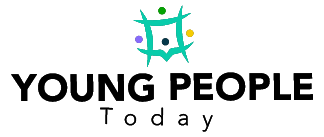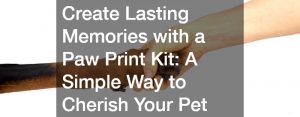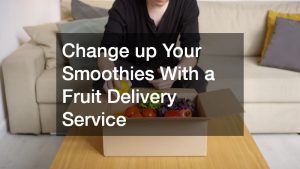In 2013, a group of software engineers asked the question, “what if we didn’t need to eat?” Rob Rhinehart, Matt Cauble, John Coogan, and David Renteln publicly came out with Soylent later in the year, with a publicly crowdfunded campaign (at the time, one of the most funded, at one and a half million dollars). With a subsequent seed round of venture capital financing, the company raised the same amount, paving the way for its release in 2014.
The premise of Soylent is simple: it’s a food product that promises complete nutrition, without the need for preparation or cooking, at a fraction of the cost of “real” food.
While its first iteration was a powder that could be mixed into a drink, today it’s taken on several other forms: a bottled ready-to-drink beverage, and a 100-calorie bar. The earliest versions of Soylent received some unfavorable reviews based on its taste and central concept, as well as its brand name. This didn’t stop the company, however, as it was never about the taste: It was about delivering the maximum amount of nutrition for the least amount of work, for the lowest price possible. And it was a promise that resonated with many.
Meal Replacement: A Brief History
The concept of forgoing a sit-down meal and chugging it from a bottle instead is hardly new. Several similar products already preceded Soylent.
Ensure. It’s been around since 1973, promising complete and balanced nutrition. Ensure was, and still is, marketed as a nutritional product as “solutions that advance the quality of life for people of all ages.” In practice, Ensure is a dietary supplement or therapeutic solution, ideal for the elderly, those recovering from an illness, or those who need to gain or lose weight for medical reasons. It’s careful not to position itself as a meal replacement, however, and more as a dietary aid.
Slimfast. On the heels of Ensure came Slimfast in 1977. It was originally intended as a diet shake product, and today is still a market leader in beverages for weight loss and maintenance. After changing hands several times, the company is now also producing meal replacement bars.
Protein Shakes. As the health and wellness boom in the late 2010s gained momentum, protein drinks became a go-to for athletes, fitness enthusiasts, and both male and female dieters. There are hundreds of brands out there, and today it’s a $17.5 billion market projected to keep growing well into the late 2020s.
 DIY Meal Replacements
DIY Meal Replacements
Rhinehart and Soylent showed that meal replacement does have a market, and the crowdfunded campaign showed that there was the public interest in alternatives to traditional food. There are communities online today that are still trying to push max nutrition/min cost food projects on Reddit, popular articles documenting the author’s self-experimentation with meal replacement alternatives, and YouTube videos from influencers curious about the concept.
Will we ever have a future where a meal takes only a few seconds to prepare and can provide the needed nutrients for daily life? Is it time to develop your own formula, get a round of public funding, and purchase bottling and filling equipment? It depends on how passionate you are about not eating.
In 2019 a market research group pegged the growth of the meal replacement industry at 7.3%. While this does show promise that meal replacements will gain traction, these are hardly numbers that suggest people will stop eating food and reaching for a pack of “nutritional solution” anytime soon.
The jury is still out on whether long-term meal replacement has any impact on one’s health. And no matter how efficient or low-cost or nutritious a meal replacement solution may be, it’ll be a hard sell to get someone to choose it every single time over the occasional chicken sandwich.







